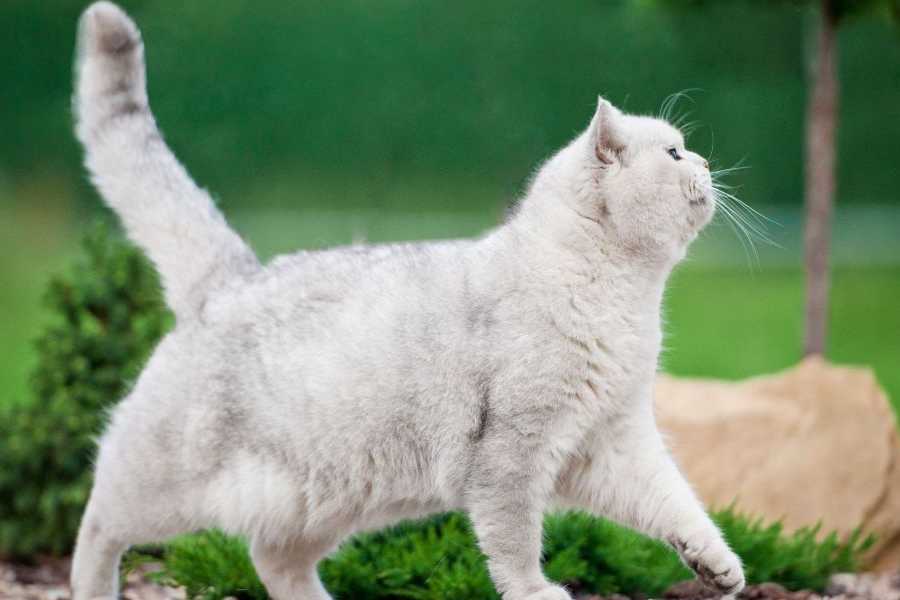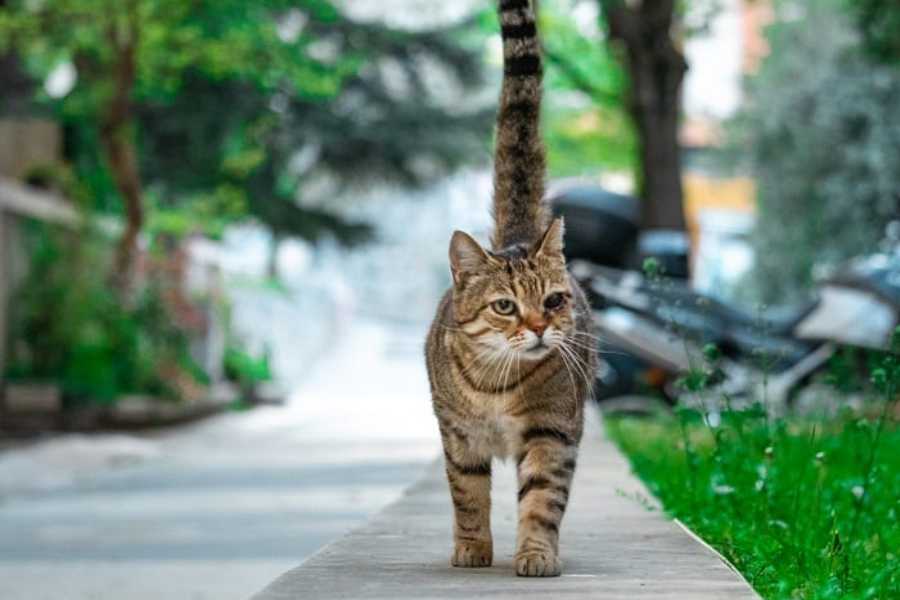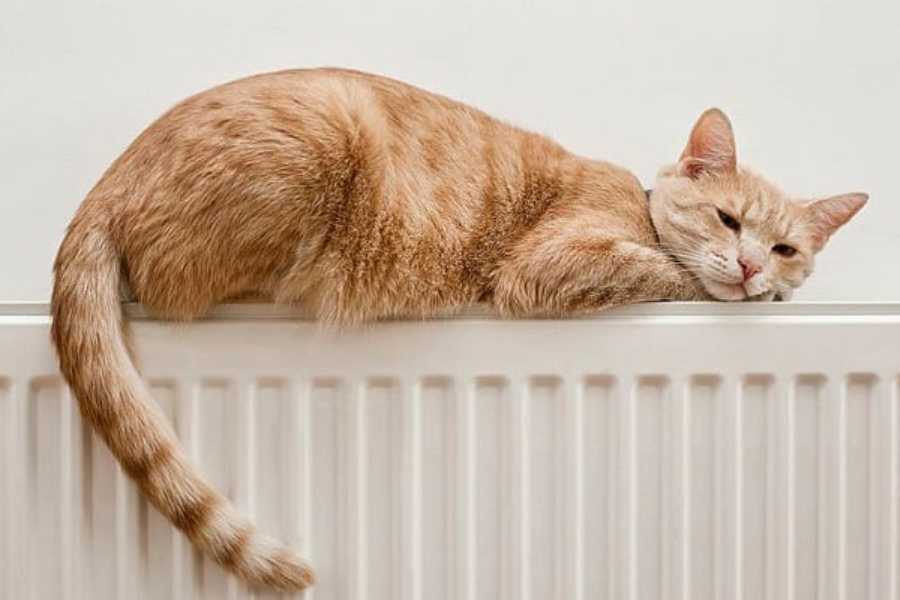Why Do Cats Have Long Tails? 🐈

why do some cats have long tails? ![]()
You might have noticed that not all cats have the same tail length. Some have short, stubby tails, while others have long, elegant ones. But why is that? What purpose does a long tail serve?
And what does it tell us about our feline friends? Let’s embark on this fascinating journey to discover the secrets behind the length of a cat’s tail!
The Purpose of a Cat’s Tail

A cat’s tail is not just an extension of its spine; it serves several important functions. For one, it’s a crucial tool for balance. Cats are known for their agility and grace, and their tails play a significant role in these abilities. When a cat is walking along a narrow path or making a quick turn, the tail acts as a counterbalance, helping the cat maintain its stability.
This is particularly important for cats that love to climb trees or explore high places.
In addition to balance, a cat’s tail is also a communication tool. Cats use their tails to express various emotions and intentions. For instance, a high, straight-up tail often indicates happiness, while a low or tucked tail can signify fear or submission. If you’ve ever wondered why your cat is so vocal, their tail might give you some clues!
Why Some Cats Have Long Tails

The length of a cat’s tail is largely determined by its breed and genetics. Some breeds naturally have longer tails than others. For example, the Maine Coon, Egyptian Mau, and Chartreux are known for their long tails.
The Maine Coon, a breed known for its large size and thick fur, uses its long tail as a shield against the cold. The Chartreux, on the other hand, uses its tail to enhance its hunting abilities. In general, a cat’s tail length is relative to its body length, and some cats naturally need a longer tail to help sustain a naturally larger frame.
The average tail length for cats is around 11 inches for males and 9.9 inches for females. However, this can vary depending on the breed and individual genetics. ![]()
Breeds with Long Tails

Several cat breeds are known for their long tails. These include the American Shorthair, Balinese, Chartreux, Cornish Rex, Egyptian Mau, Maine Coon, Nebelung, and Scottish Fold. Each of these breeds has a unique set of characteristics, and their long tails contribute to their distinct appearances and abilities.
For instance, the Maine Coon is not only admired for its spotted coat but also its long, expressive tail. Similarly, the Scottish Fold is known for its unique folded ears and a tail that complements its medium-sized body.
The Tale of a Cat’s Tail

A cat’s tail can tell us a lot about its mood and health. For example, a puffed-up tail can indicate fear or aggression, while a tail that’s thrashing back and forth can signal irritation.
If you notice any changes in your cat’s tail, such as hair loss, wounds, or changes in movement, it’s a good idea to consult a vet. This could be a sign of a health issue that needs attention.
Frequently Asked Questions (FAQs) 🙋♀️
What is the average length of a cat’s tail?
The average length of a cat’s tail is around 11 inches for males and 9.9 inches for females. However, this can vary depending on the breed and individual genetics.
Why do some cats have longer tails than others?
The length of a cat’s tail is largely determined by its breed and genetics. Some breeds naturally have longer tails than others. For example, the Maine Coon, Egyptian Mau, and Chartreux are known for their long tails.
What purpose does a cat’s tail serve?
A cat’s tail serves several important functions. It’s a crucial tool for balance, helping the cat maintain its stability during movement. In addition to balance, a cat’s tail is also a communication tool. Cats use their tails to express various emotions and intentions.
Can a cat’s tail indicate its health or mood?
Yes, a cat’s tail can tell us a lot about its mood and health. For example, a puffed-up tail can indicate fear or aggression, while a tail that’s thrashing back and forth can signal irritation. If you notice any changes in your cat’s tail, such as hair loss, wounds, or changes in movement, it’s a good idea to consult a vet.
What cat breeds are known for having long tails?
Several cat breeds are known for their long tails. These include the American Shorthair, Balinese, Chartreux, Cornish Rex, Egyptian Mau, Maine Coon, Nebelung, and Scottish Fold. Each of these breeds has a unique set of characteristics, and their long tails contribute to their distinct appearances and abilities.
Bottom Line

Cats’ tails are fascinating and serve multiple purposes, from maintaining balance to expressing emotions. The length of a cat’s tail can vary depending on its breed and genetics, with some breeds naturally having longer tails than others.
So, the next time you see your cat swishing its tail, remember - it’s not just a cute appendage, but a vital part of their anatomy and communication! ![]()
Tags
Share
Table Of Contents
Related Posts
Quick Links

